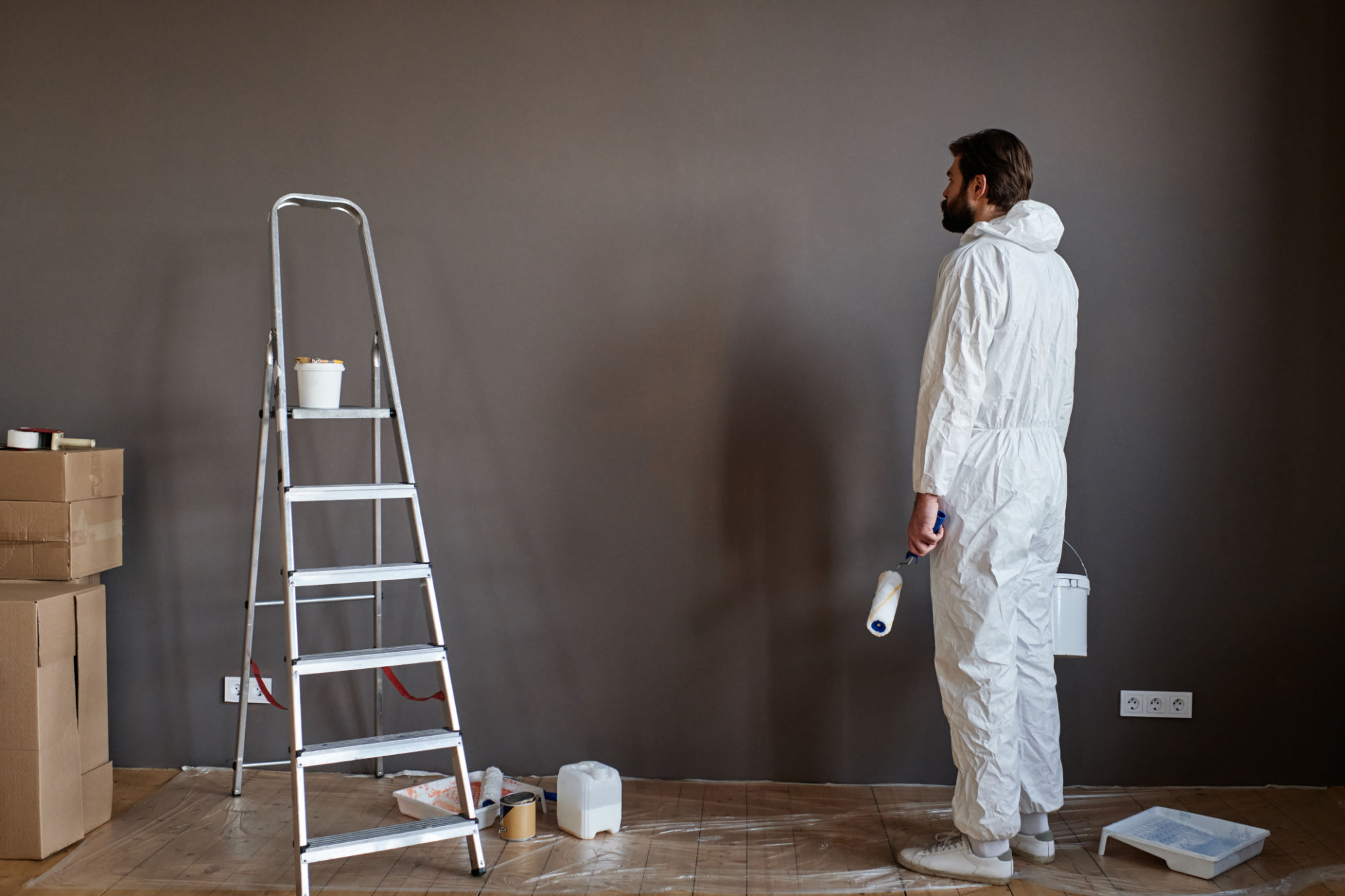Prepping Your Home for a Fresh Coat: Expert Tips for a Smooth Painting Process
Preparing the Surface
Before diving into the painting process, it's crucial to prepare your surfaces properly. Start by cleaning the walls to remove dirt, dust, and grease, which can affect the paint's adherence. Use a mild detergent and water to scrub the walls gently. If mold or mildew is present, use a mixture of bleach and water to treat those areas.
Once clean, inspect the walls for any damage. Fill cracks, holes, and dents with spackling paste or a suitable wall filler. After the filler dries, sand it down until smooth. This step ensures that your paint will have a flawless finish, free from imperfections.

Selecting the Right Paint
Choosing the right paint is just as important as prepping your walls. Consider the room's purpose and lighting when selecting your paint type and color. For high-traffic areas like kitchens and bathrooms, opt for a durable, washable paint such as satin or semi-gloss. For living rooms and bedrooms, a matte or eggshell finish provides a cozy, elegant look.
Also, pay attention to the color scheme. Light colors can make small spaces feel larger, while darker tones can add warmth and depth. Don't hesitate to test a few samples on your wall to see how they look at different times of the day.

Gathering Your Tools
Having the right tools on hand can make your painting project much more efficient. Essential tools include:
- High-quality brushes and rollers
- Painter's tape for clean edges
- Drop cloths to protect floors and furniture
- A ladder for hard-to-reach areas
Investing in quality tools will save you time and frustration, ensuring a professional finish.
Protecting Your Space
Before you start painting, take the time to protect your space. Cover floors and furniture with drop cloths or plastic sheeting. Use painter’s tape to shield baseboards, window trims, and other areas you want to keep paint-free.
If you're working in a room with fixtures or hardware that can't be removed, wrap them in plastic or foil to prevent accidental splatters. This step will make cleanup much easier once your project is complete.

Painting Techniques for Success
To achieve a professional-looking finish, utilize proper painting techniques. Start by cutting in around the edges with a brush before using a roller for larger areas. This method ensures even coverage without missed spots.
When using a roller, work in small sections using a "W" pattern to distribute paint evenly on the wall. Overlap each stroke slightly to prevent streaks and achieve a smooth finish.
Allowing Proper Drying Time
Once you've finished painting, allow adequate drying time between coats. Follow the manufacturer's instructions on the paint can for drying times. Generally, waiting at least two to four hours between coats is recommended.
This patience will pay off in the durability and appearance of your paint job. After completing all coats, let the paint cure fully before moving furniture back into place or hanging decorations.
